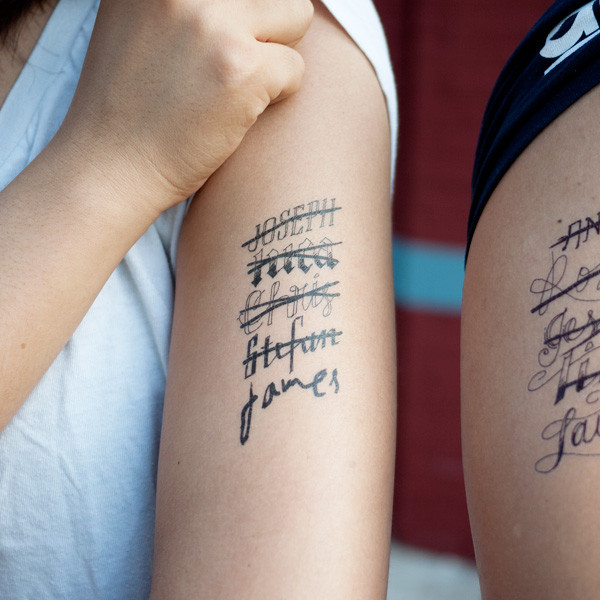MORE AND MORE ITALIANS HAVE TURNED TO THE AESTHETIC SURGEON BECAUSE THEY REPENT OF THEIR TATTOOS
di Maria Serena Patriarca

Protagonists on the beaches, where our bodies are more naked, tattoos can be a source of pride but also, in many cases, an object of repentance. More and more Italians declare themselves dissatisfied with their tattoos, and want to have them removed. Easy to get tattooed, but not so easy to eliminate touch. Second, the Italian Association of Aesthetic Plastic Surgery, the average requests for cancellation of tattoos in our country are about 14 thousand per year.
First of all, it must be borne in mind that removing a tattoo is a long process, with several sessions spaced approximately 6-8 weeks apart, and that after removal – for at least a month – exposure to the sun or tanning lamps should be avoided. This is why it would be better to proceed with the removal in the fall, rather than close to the summer.
Deleting a tattoo is a delicate process, and the professional to rely on must be carefully chosen. Complete disappearance is not always possible, since it is sometimes not possible to erase the entire design using the laser, especially if it is a question of tattoos with very “full” and complex features. The effectiveness of the treatment therefore depends on the color used by the tattoo artist, the density and type of pigment used, as well as the depth and phototype of the patient.
The most innovative tools – according to experts – are the Q S lasers, since they are able to destroy the pigment particles, reducing it to thousandths of a millimeter. These residues are then disposed of in body fluids over the days and weeks following the treatment.
It is not always easy to predict in advance how many sessions will be needed for removal, and the duration of each single session depends on the surface of the tattoo to be “eradicated”. An area of 4 centimeters on each side – to get an idea – is treated in about 10 minutes.
If it is a question of very “simple” small tattoos, they can still be estimated between 3 and 5 sessions; whereas for more complex and difficult creations it can even reach up to 8-12 sessions. Success depends on various factors: color, first of all (green, yellow and blue are sometimes impossible to remove, just as red can darken); but it is also essential to understand the type of tattoo (those with greater pigment depth and high density do not always disappear completely). Last, but not least , old tattoos are easier to treat than recent ones: this is because the body has already eliminated some of the pigments.
Removal is not recommended for those with active skin infections or for those with a tendency to develop keloid or hypertrophic scars. For those with dark skin (olive, black), removal is more problematic, as there is a high risk of altering the basic pigmentation of the skin. What if a sort of shadow forms in correspondence with the removed tattoo? This is normal, it is referred to as a “tattoo ghost” and can last a few years or in some cases forever.
Cosmetic tattoos (for example camouflage of scars, eyebrows, lips, areolas) in colors between pink, orange and brown deserve a separate mention, which must be treated with caution, as they could become black since they contain oxide. titanium and zinc. Anesthetizing cream and ice are applied to relieve pain from Q S laser treatment. It is also necessary to pay attention to any pharmacological therapies or with photo-sensitizing drugs that could interfere with the result of the procedure.
After the treatment, small bubbles may form on the skin, to be treated with antibiotic ointments and vaseline gauze for a couple of days, until scabs form.

